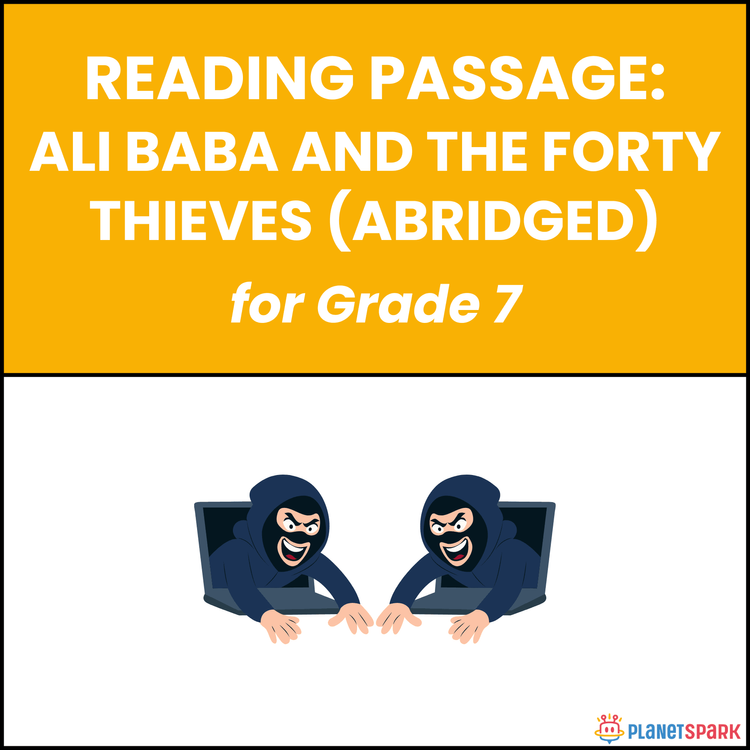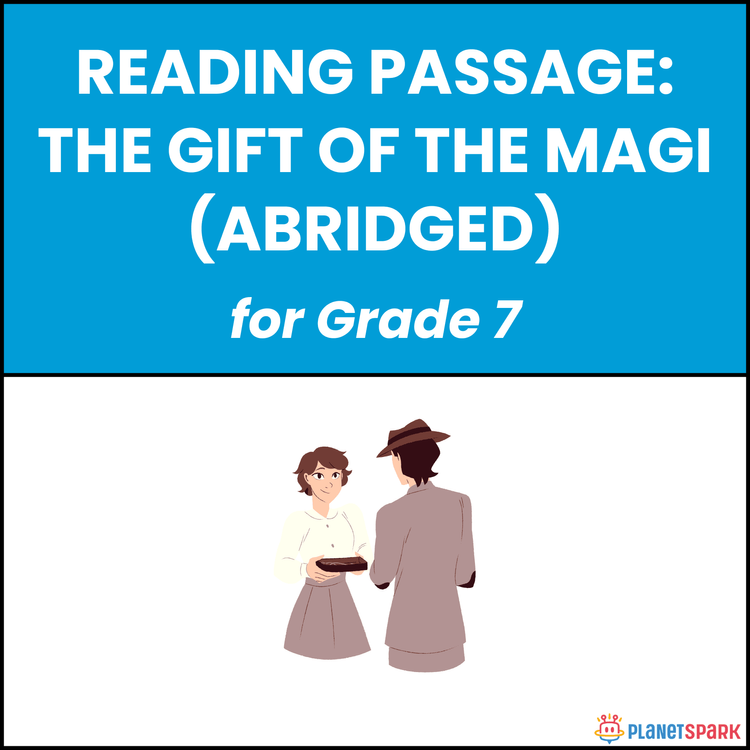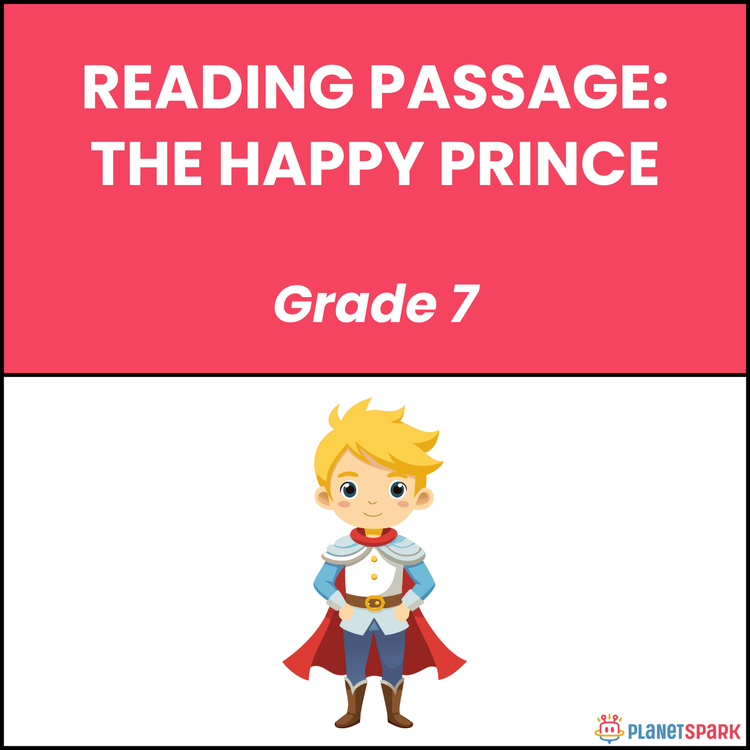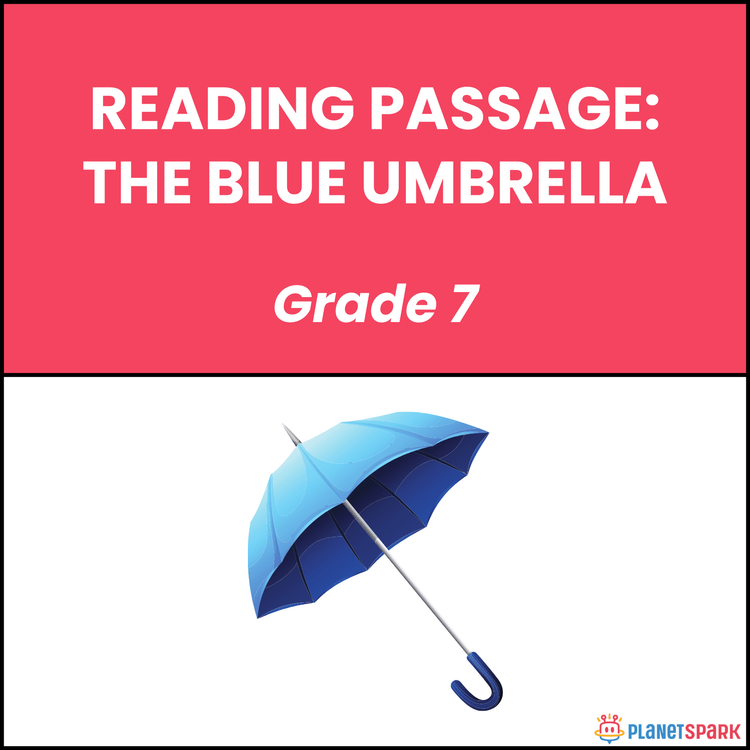Class 7 Reading Passage on The Selfish Giant
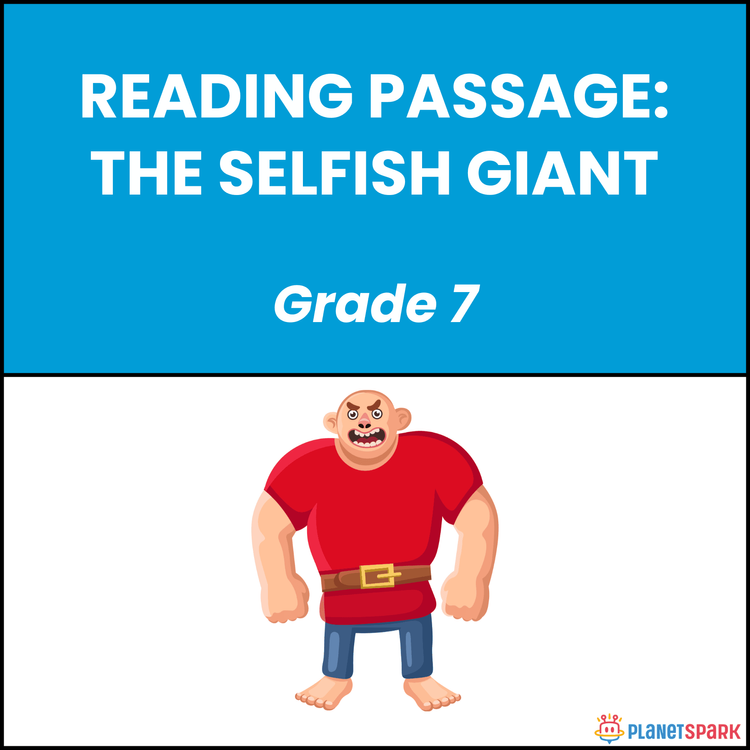

Class 7 Reading Passage on The Selfish Giant
From Frost to Bloom: The Selfish Giant (Abridged)
This Class 7 reading comprehension worksheet retells Oscar Wilde’s touching story *The Selfish Giant*, a tale of transformation, kindness, and redemption. Students learn how the giant, once cold-hearted and lonely, finds joy and peace through love and sharing. The passage builds empathy, moral understanding, and critical reading skills while immersing learners in timeless storytelling.
Why Reading The Selfish Giant Matters in Grammar?
1. It strengthens comprehension through emotional and moral reflection.
2. Students learn descriptive and symbolic vocabulary related to nature and emotion.
3. It encourages inference and theme recognition through storytelling.
4. Learners connect cause and effect between human actions and their consequences.
What’s Inside This Worksheet?
This worksheet includes three structured exercises promoting comprehension, empathy, and vocabulary growth:
Exercise 1 – Multiple Choice Questions
Students answer key questions about the garden, the giant’s transformation, and the story’s ending.
Exercise 2 – Short Answer Questions
Learners describe why the giant built the wall, what the boy represented, and how the garden changed.
Exercise 3 – Deep Comprehension and Vocabulary
Students reflect on the story’s moral message, nature’s symbolism, and find a synonym for “lifeless.”
Answer Key (For Parents & Educators)
Exercise 1 – Choose the Correct Option
1. a) Because he kept the children out
2. a) Seeing the crying little boy
3. a) He broke the wall and invited the children in
Exercise 2 – Short Answers
1. The giant built the wall because he was selfish and didn’t want children in his garden.
2. The little boy represented innocence, love, and divine goodness.
3. When the children returned, the garden blossomed again with joy and life.
Exercise 3 – Extended Responses
1. The story’s message is that love and generosity bring true happiness.
2. The giant found peace because he opened his heart to love and kindness.
3. Nature mirrors the giant’s emotions — winter represents his selfishness, while spring shows his kindness.
4. Synonym for “lifeless”: Dead
Help your child discover the beauty of kindness and the joy of sharing through this heartwarming moral classic.
Frequently Asked Questions
They boost imagination, comprehension accuracy, and attention to narrative detail.
They help learners grasp lessons of kindness, humility, and sharing through characters and events.
It helps students recognize how emotions and actions lead to transformation and empathy.

